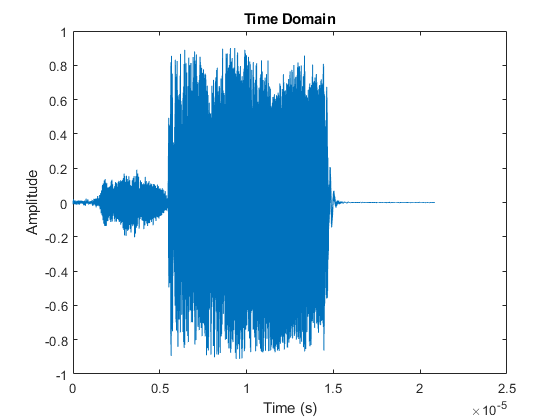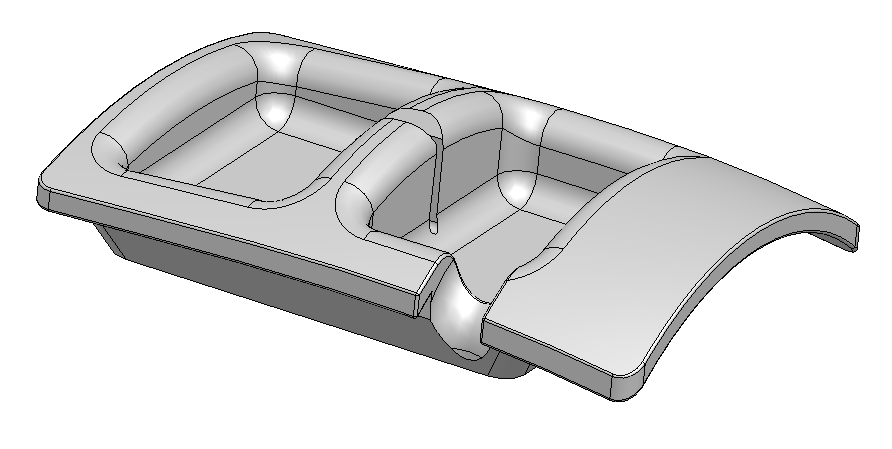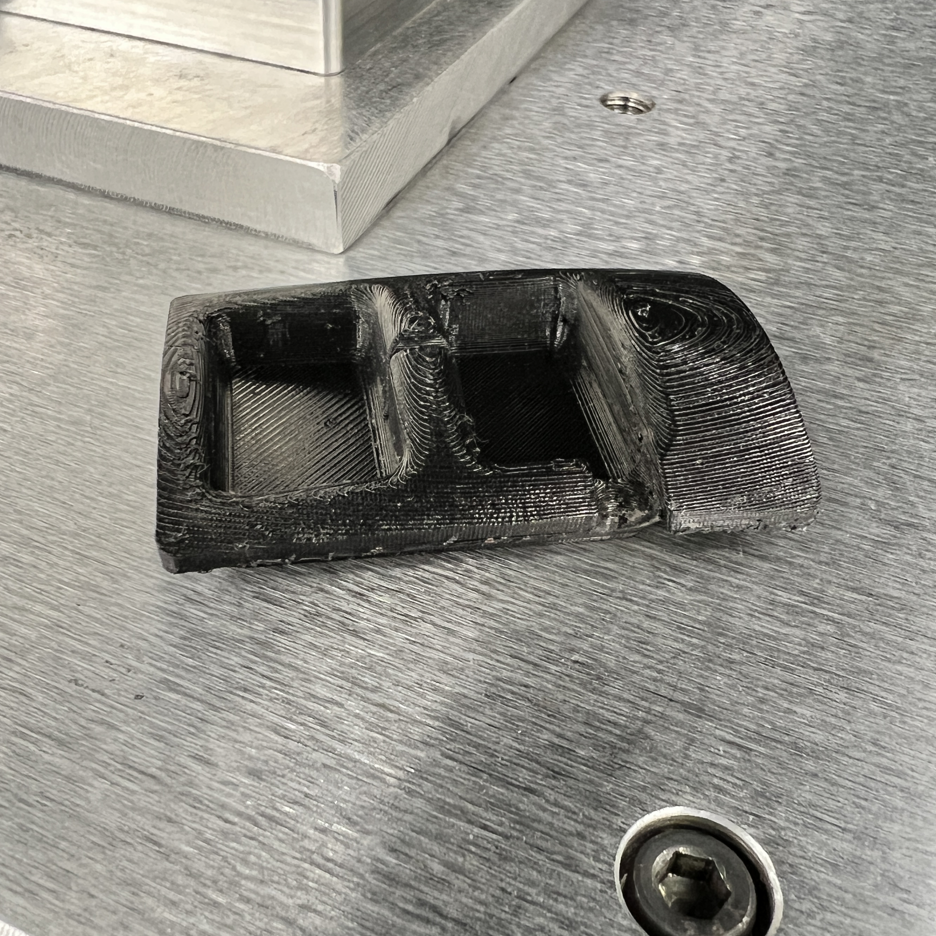Ultrasonic Welding Modal Analysis
Following months of investigation into material failure by the manufacturing engineering team, I was consulted to provide insights on the cause of cracking in a plastic housing after the ultrasonic welding process.
When I was shown the failed plastic housing, I immediately identified two locations where the cracks consistently occurred. The manufacturing team had already ruled out several potential causes, such as improper calibration of the welding machine or material defects in the molded part. Based on this information, my initial hypothesis was that the issue was due to resonance caused by the ultrasonic welding process. However, I needed to gather evidence to confirm this root cause.
Starting out
With a hypothesis in mind, I needed to design an experiment to test it. My plan was to record the ultrasonic welding process and analyze the audio to identify the output frequencies. Given the advanced hardware in modern smartphones, I decided to use my iPhone 13 for the recording. The iPhone's audio recording sampling rate of 48 kHz seemed sufficient, considering ultrasonic welders typically operate at 20 kHz. I placed my iPhone inside the ultrasonic welding enclosure, hit record, and had our assembly operator start the machine.
Modal Analysis
I used MATLAB to analyze the audio recording of the ultrasonic welding. Initially, I plotted the time domain amplitude of the signal, but this proved impractical due to significant background noise, including sounds from the manufacturing floor and even the operator mimicking the welding machine noise despite my request for silence. Instead, I focused on the frequency domain analysis, which I obtained by computing the discrete Fourier Transform (DFT) using a fast Fourier Transform (FFT) algorithm. This allowed me to isolate the relevant frequencies, which were clearly visible in the 'Single-Sided Amplitude Spectrum' plot.
The next step in my plan was to see if any of these frequencies matched any of the fundamental frequencies of the component. I performed a modal analysis in SolidWorks to get the first 10 modes of the component, then I observed which modes affected the areas that were cracking. Very quickly it became clear that two modes affected the exact problem areas. Not only that but those modes also had frequencies that closely matched the two frequencies from my audio analysis. The second mode had a fundamental frequency of around 1800 Hz, while the sixth mode had a fundamental frequency of around 3000 Hz.
Results
Resonance issues can be resolved either by altering operating conditions to avoid problematic frequencies or by introducing a damper. I chose the latter approach, designing a rubber plug and 3D printing it using a TPU material. The damper's geometry closely matched the design of the mating component of the plastic housing. When tested the following day, the damper completely eliminated the cracking issues. Since the initial problem was reported in late 2022, no further cracking issues have been observed.










